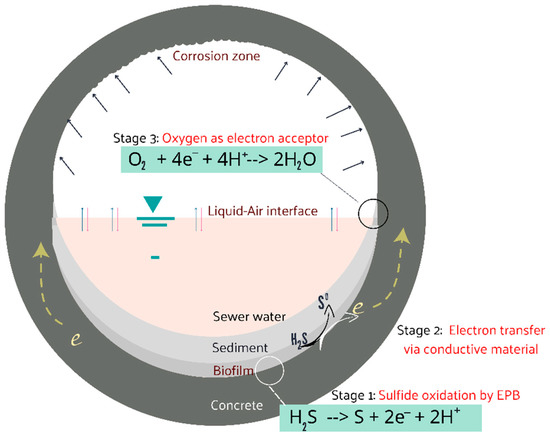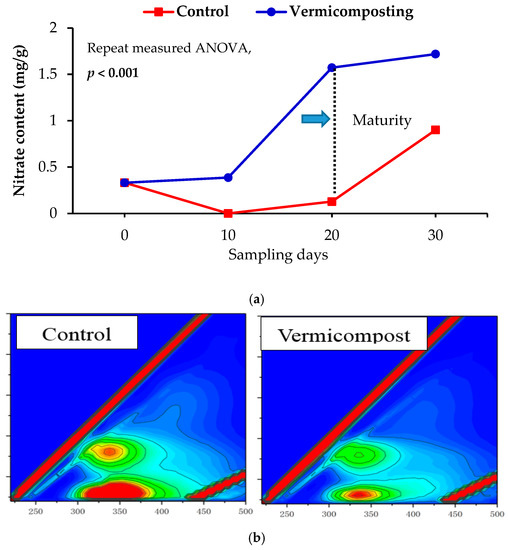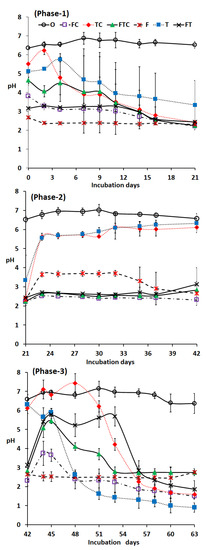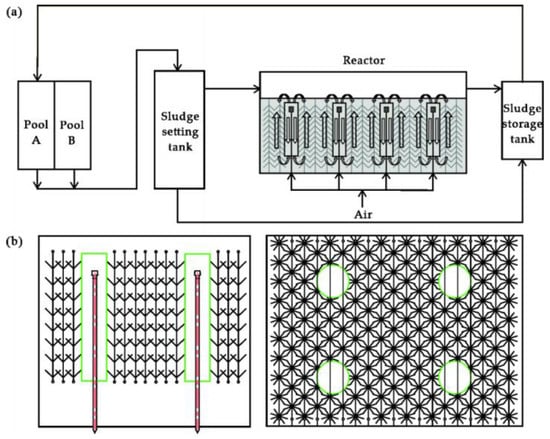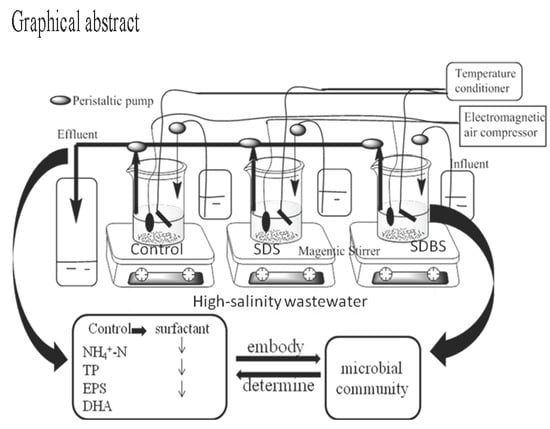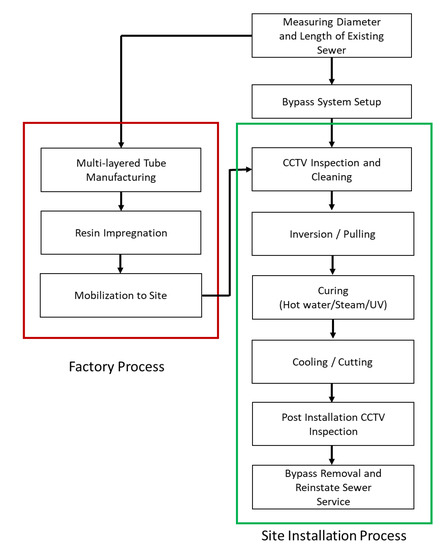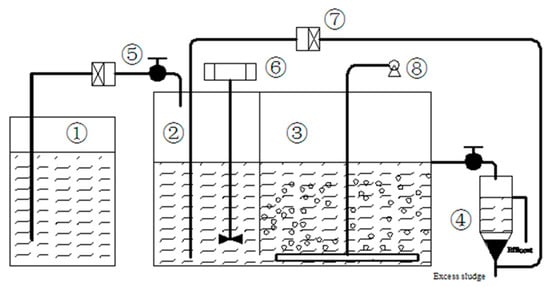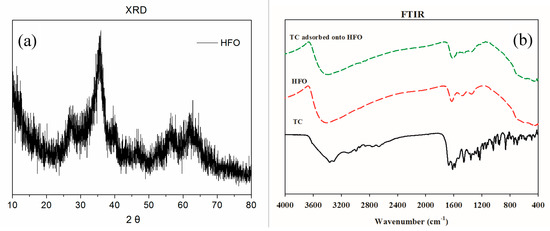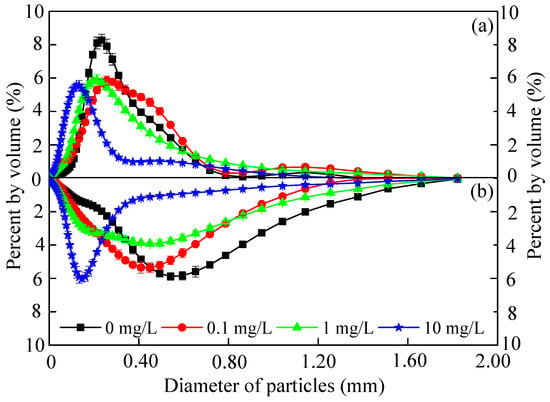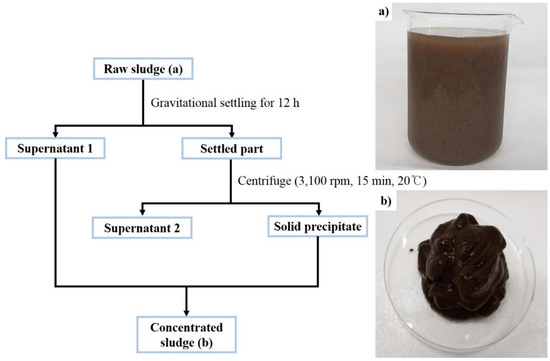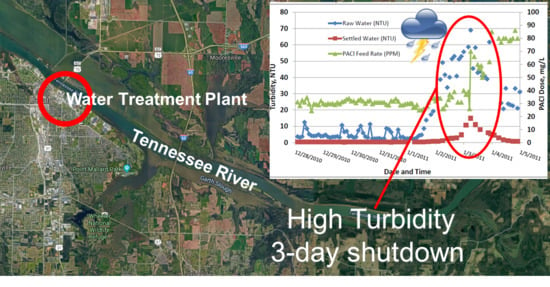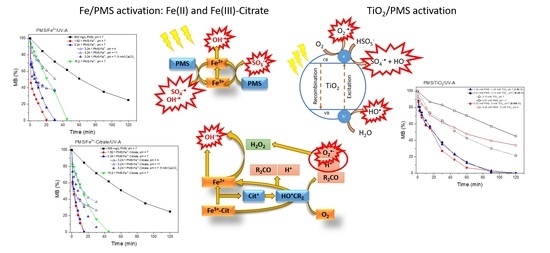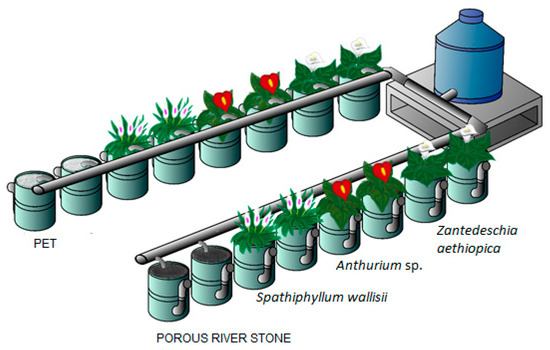Municipal Wastewater Treatment and Sludge Treatment and Disposal (Closed)
A topical collection in International Journal of Environmental Research and Public Health (ISSN 1660-4601).
Viewed by 79658Editor
Interests: water supply and water treatment; municipal wastewater treatment; industrial waste treatment; biological waste treatment; water and wastewater treatment plant design; water pollution control; water quality engineering
Special Issues, Collections and Topics in MDPI journals
Topical Collection Information
Dear Colleagues,
Wastewater treatment results in two major outputs, effluent and sludge. Effluent is discharged into receiving waters, while sludge (biosolids) can be beneficially reused, incinerated, or landfilled. The major objective of municipal wastewater treatment is to remove pollutants from wastewater. Treated effluent can be utilized for various types of water reuse and for resource recovery. Proper wastewater treatment and disposal are also essential for protecting public health. The municipal wastewater treatment processes help to achieve water quality objectives and to reduce water pollution control. Development of advanced wastewater treatment technologies is essential to meet the regulatory requirements for water quality. On the other hand, the processing of sludge for use and disposal is an important operation for municipal wastewater treatment facilities. When sludge is properly treated and processed, it can be a valuable resource for agriculture and other beneficial uses.
This Topical Collection will publish contributions on advanced technologies applied to the treatment of municipal wastewater and sludge treatment and disposal. We seek contributions that deal with recent advances in municipal wastewater and sludge treatment technologies, health effects of municipal wastewater, risk management, energy efficient wastewater and sludge treatment, water sustainability, water reuse and resource recovery, biogas production and recovery, and biosolids science, fundamentals, and advances.
Prof. Dr. Yung-Tse Hung
Collection Editor
Manuscript Submission Information
Manuscripts should be submitted online at www.mdpi.com by registering and logging in to this website. Once you are registered, click here to go to the submission form. Manuscripts can be submitted until the deadline. All submissions that pass pre-check are peer-reviewed. Accepted papers will be published continuously in the journal (as soon as accepted) and will be listed together on the collection website. Research articles, review articles as well as short communications are invited. For planned papers, a title and short abstract (about 100 words) can be sent to the Editorial Office for announcement on this website.
Submitted manuscripts should not have been published previously, nor be under consideration for publication elsewhere (except conference proceedings papers). All manuscripts are thoroughly refereed through a single-blind peer-review process. A guide for authors and other relevant information for submission of manuscripts is available on the Instructions for Authors page. International Journal of Environmental Research and Public Health is an international peer-reviewed open access monthly journal published by MDPI.
Please visit the Instructions for Authors page before submitting a manuscript. The Article Processing Charge (APC) for publication in this open access journal is 2500 CHF (Swiss Francs). Submitted papers should be well formatted and use good English. Authors may use MDPI's English editing service prior to publication or during author revisions.
Keywords
- Advanced wastewater technology
- Onsite wastewater treatment
- Natural wastewater treatment system
- Biological treatment
- Physicochemical treatment
- Tertiary treatment
- Water quality
- Wastewater treatment and health
- Sludge (biosolids) treatment and disposal
- Energy efficient wastewater treatment
- Water reuse
- Nutrient and resource recovery
- Municipal wastewater
- Biogas production and recovery
- Land application and management
- Biosolids science, fundamentals, and advances





